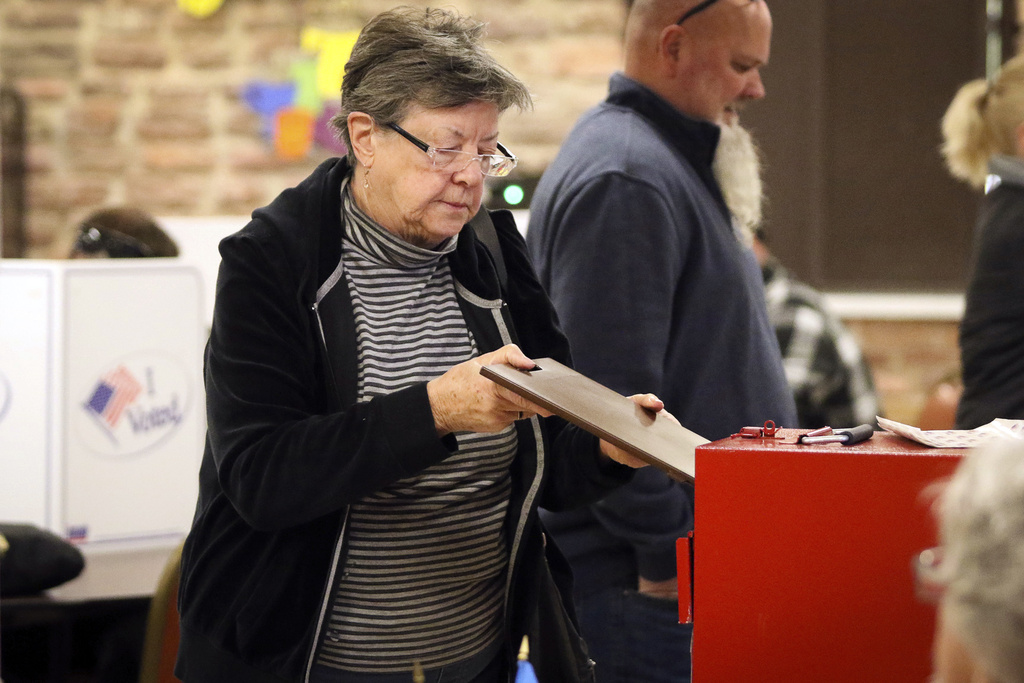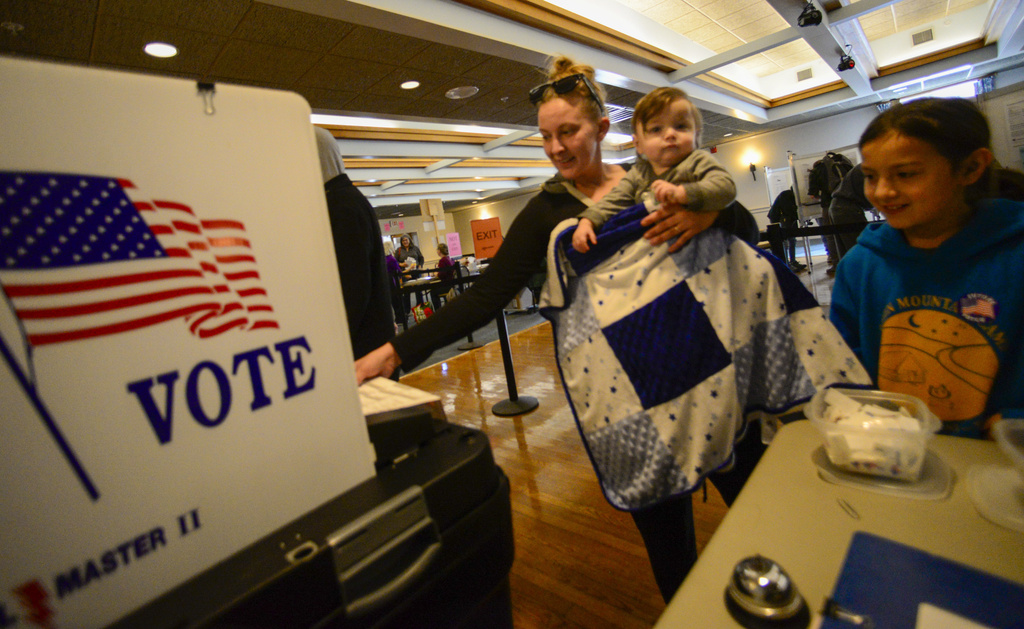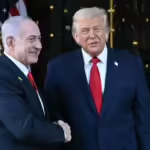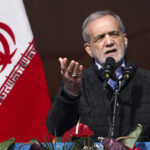How AP Declares Election Winners Right as Polls Close \ Newslooks \ Washington DC \ Mary Sidiqi \ Evening Edition \ The Associated Press has a robust system for declaring some election winners right as polls close, primarily in uncontested or landslide races. Drawing on historical voting trends, voter demographics, voter registration, and the results of AP VoteCast surveys, the AP can call certain races with high confidence as polls close, especially in regions with strong party dominance. For competitive races, however, the AP waits for enough votes to be counted to ensure accuracy.

AP Election Results at Poll Closing: Quick Looks
- Instant Projections: The AP often declares winners at poll close in one-sided or uncontested races, using years of data and verified trends.
- Recent Examples: AP called Trump the winner in West Virginia, Indiana, and Kentucky, and Harris in Vermont as polls closed.
- Methodology and Factors: AP analyzes historical voting data, demographics, registration numbers, AP VoteCast data, and other data before calling results.
- Focus on Non-Competitive Races: Most poll-close calls happen in uncontested races or those where a party has a history of dominance.
- Time Zone Considerations: In states with multiple time zones, such as Texas and Florida, the AP waits until all polls close before calling results.
- Use of AP VoteCast: AP VoteCast provides a comprehensive look at voters’ and non-voters’ preferences, crucial for making early, accurate calls.
Deep Look
How AP Makes Election Night Calls at Poll Closing
On Election Day, as polls close across the country, the AP declares winners in certain races based on data-driven assessments rather than waiting for all votes to be counted. For example, on a recent election night, the AP called former President Donald Trump the winner in Kentucky, Indiana, and West Virginia and declared Vice President Kamala Harris the winner in Vermont—all as polls closed in these states. Similar calls were made for various U.S. Senate and gubernatorial races. These projections are part of AP’s system, which ensures reliability and accuracy without compromising the integrity of competitive contests.
Rationale Behind Poll-Closing Projections
Some elections are declared when polls close simply because only one candidate is on the ballot. These uncontested races occur in various legislative districts and other local races across the country. In multimember districts, where more than one candidate is elected, the AP may also call results right as polls close if the number of candidates matches or is fewer than the available seats.
In the 2024 general election, the AP expects to declare winners in nearly 2,000 uncontested races, compared to approximately 4,500 competitive races. This distinction illustrates the practical approach AP uses, focusing poll-closing calls primarily on situations where the outcome is evident due to minimal opposition or clear historical trends.
AP’s Comprehensive Data Analysis
For instance, if VoteCast reveals results that deviate from a state’s traditional voting behavior, AP withholds a poll-closing call until enough votes are counted. However, in races with a strong historical lean, such as Wyoming for Republicans or Massachusetts for Democrats, the AP can often declare a winner at poll close based on consistent party dominance and voter patterns dating back decades.
Limiting Poll-Close Calls to Non-Competitive Races
Ensuring Accuracy in Every Race
AP’s process for calling races is not limited to VoteCast alone. AP also considers other significant election data, including recent voting patterns, the breakdown of party registration, and pre-Election Day polling. The method combines these factors to predict likely outcomes with high confidence, especially in states where one party consistently dominates.
Key Role of Time Zones in Election Calls
In states with multiple time zones, the AP strictly adheres to the rule of waiting until all zones are closed before making a call. This policy applies to states like Florida and Texas, where results may start trickling in earlier but cannot be used to make a final projection until the last zone closes. This ensures that all voters in the state are fully represented in the result, even if preliminary data might suggest a likely winner.







